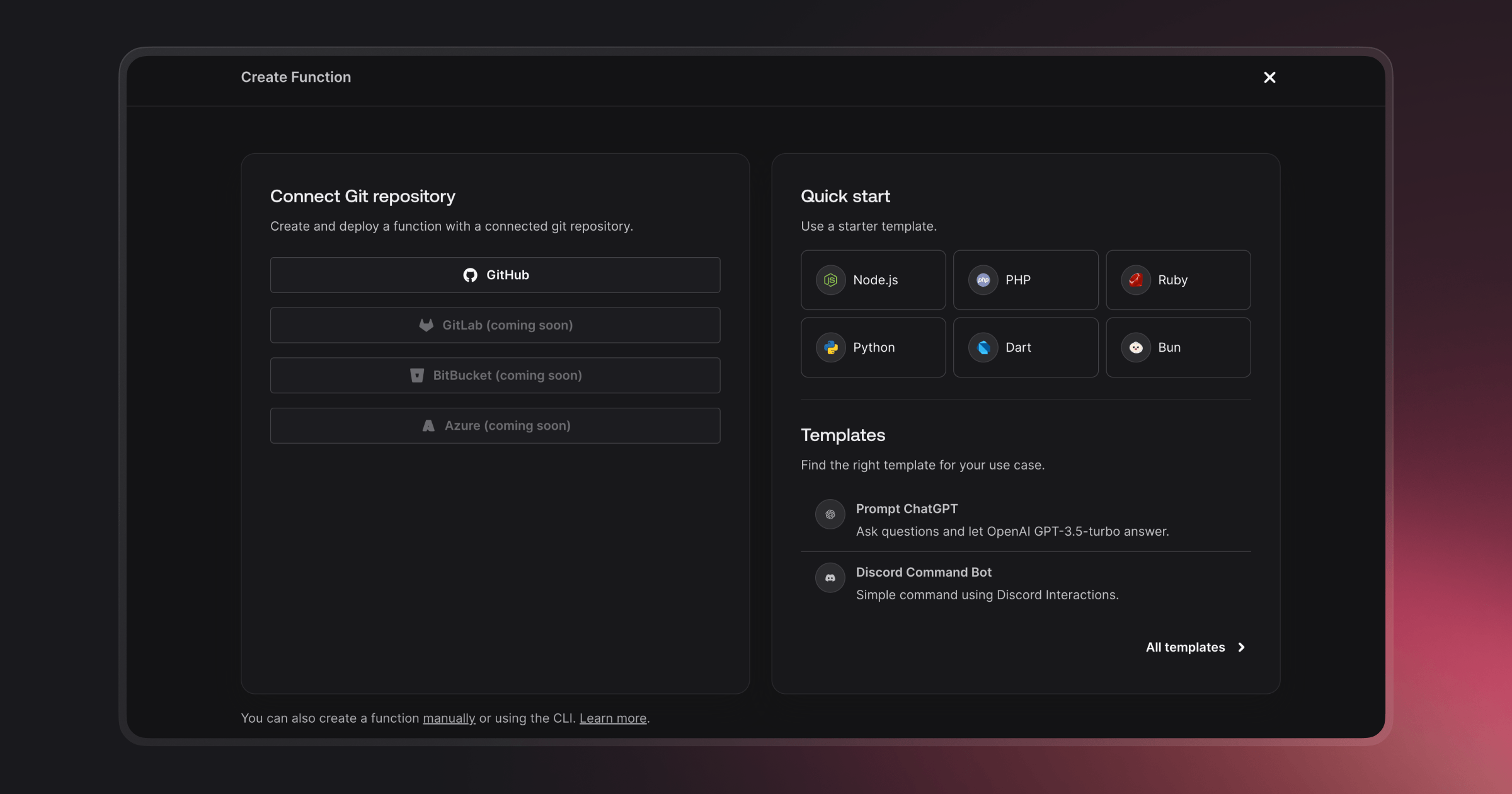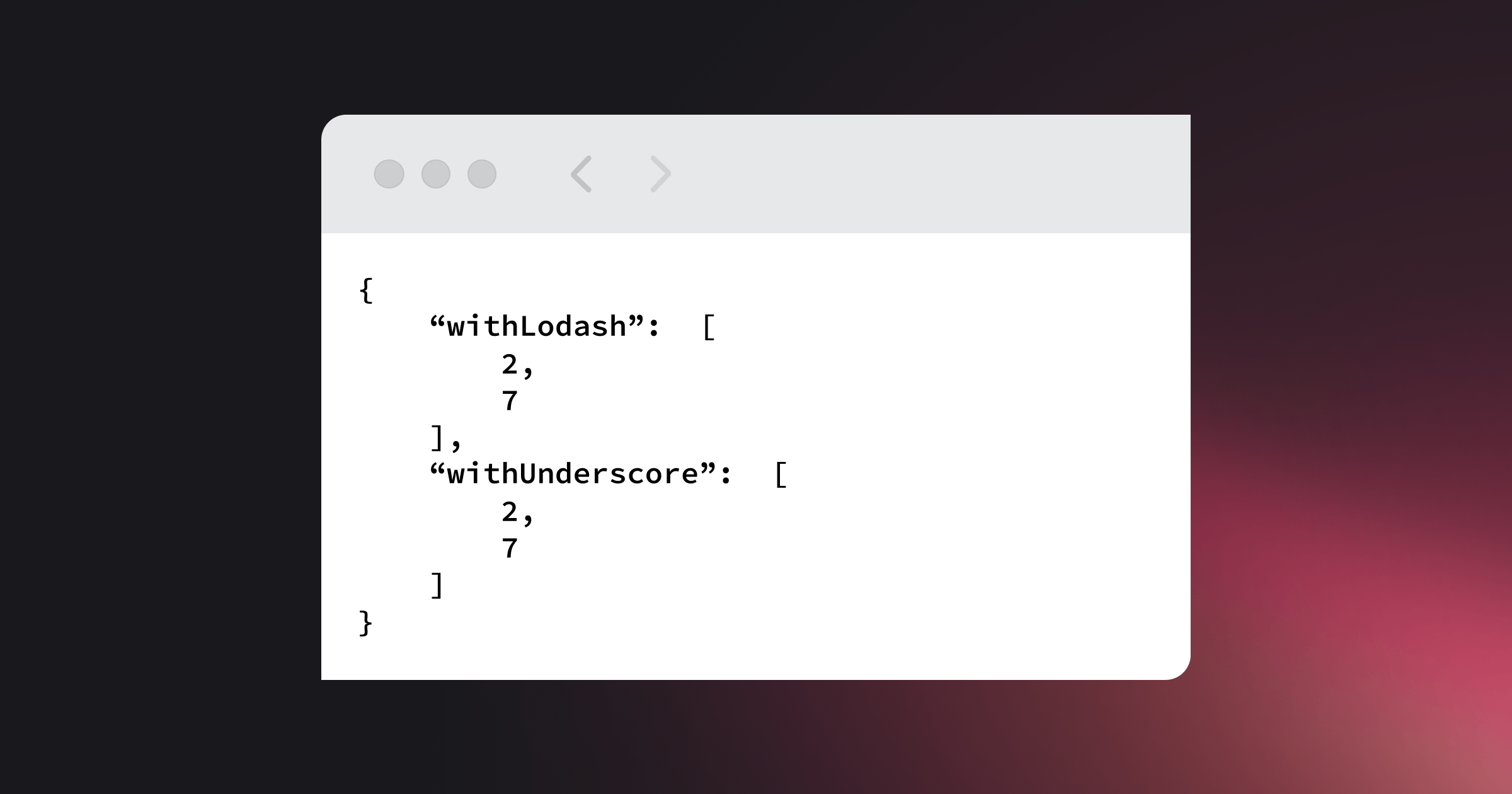If you are a developer, your definition of bun must have recently changed. From what we knew to be a round piece of bread, it is now a new runtime in JavaScript, and as Bun claims, it is faster than the rest! In this article, we will find out what Bun really is, how it compares with Node.js and Deno, and how you can build apps with Bun and Appwrite.
What is Bun?
Bun is an all-in-one JavaScript runtime & toolkit designed for speed, complete with a bundler, test runner, and Node.js-compatible package manager. To install Bun, follow the instructions here. It is built from scratch to serve the modern JavaScript ecosystem. It has three major design goals:
Speed
Elegant APIs
Cohesive Developer Experience
You may think, what is all the hype about? Building with JavaScript is now faster with Bun, which is production-ready with its latest version 1.0 release.
Bun lets you read environment variables from a .env file and utilize the familiar fetch() method, enabling you to access and handle data from external sources within your application.
Bun also natively supports TypeScript out of the box. Other than that, it also supports .js, .cjs, .mjs, .jsx, and .tsx files.
Bonus: Bun package manager is known for its speed, offering faster package management as one of its key features. Even if you don't use Bun as a runtime, you can use Bun's built-in package manager, that can significantly speed up your development workflow.
Try it for yourself:
bun install
bun add <package> [--dev|--production|--peer]
bun remove <package>
bun update <package>
The powers of Bun are endless. If you are interested to know more about the capabilities, read the release announcement.
How is Bun so fast?
Bun made some bold decisions to make this happen! It is not because they are using Zig or not using V8 nor because it's machine code. It is because of the mindset to make everything as highly performant as possible.
Other than that, there are things like: While installing a package, Bun doesn’t do a network check to see if it is downloading in the latest version. @latest tags are effectively ignored in Bun.
Also, making small adjustments, such as creating a list of labeled pointers instead of keeping the function pointers separately, greatly improved the speed.
Introduction to Appwrite
Explore the capabilities of Bun with Appwrite - a backend platform to help you minimize time to create value. Appwrite abstracts away the complexities and repetitiveness of building a modern application so you can jump straight to the fun parts, building impactful features.
Using Appwrite, you can quickly deploy and scale your Bun/JavaScript code base with ease. To achieve that, you can use Appwrite Functions.
Appwrite Functions is available in multiple languages and runtimes (and Bun is one of them). This gives developers the ability to plug and play with Appwrite in the language of their choice.

Appwrite functions are capable of doing more. In our latest release, we have added Function templates, which means you’ll be able to add Functions engineered by the Appwrite team and community to your Appwrite project. Functions also have their own domain, either custom or generated by Appwrite. This lets you write Appwrite Functions that act like typical REST endpoints to handle webhooks, custom integrations, or even serve HTML content. Appwrite Functions will now also fit into your existing workflow right alongside the rest of your code as you can deploy them directly from Git.
Integrating Bun in Appwrite
Now that you have been introduced to Bun and Appwrite, it is time to test them out! To use Bun in Appwrite, you need to use the latest version of Appwrite.
Installing a self-hosted version of Appwrite is pretty straight-forward, all you need to do is:
Have Docker installed
Run the command:
docker run -it --rm \
--volume /var/run/docker.sock:/var/run/docker.sock \
--volume "$(pwd)"/appwrite:/usr/src/code/appwrite:rw \
--entrypoint="install" \
appwrite/appwrite:1.6.0
For one-click setups, check out the installation docs.
To use Bun in Appwrite, you need to add it to _APP_FUNCTIONS_RUNTIMES in the .env file and restart your Appwrite instance with docker compose up -d.

Next, go ahead and create a Bun function using the Appwrite CLI by running appwrite init function.
Now that your function is set up, we can try some examples:
Example 1:
Bun aims to provide a consistent and predictable module resolution system that just works. The specialty of Bun is that you can use import or require in the same file—they both work all the time.
Use the following code in your function to test the above statement:
import lodash from "lodash";
const _ = require("underscore");
export default async ({ res }) => {
const numbers = [5, 5, 2, 5, 7];
return res.json({
withLodash: lodash.without(numbers, 5),
withUnderscore: _.without(numbers, 5),
});
};
The output will be:

Example 2:
Bun supports .jsx and .tsx files out of the box. Bun's internal transpiler converts JSX syntax into vanilla JavaScript before execution.
Let us test with the following code:
import { renderToString } from "react-dom/server";
export default async ({ res }) => {
const html = (
<>
<h1>Hello World!</h1>
<p>Current time is {new Date().toLocaleTimeString()}</p>
</>
);
return res.text(renderToString(html), 200, {
"Content-Type": "text/html",
});
};
Note: For the code to work, you need to run bun install react react-dom
When the function successfully executes, you will get the following output:

Takeaways
In this article, we learned about Bun and using it with Appwrite. While we support Node.js, Deno, and Bun within Appwrite, it is up to you to choose which one you want to build with.
While comparing the performance of these three runtimes with Appwrite, we have come up with some interesting results:
Build time - Bun is almost 3x faster than Node.js when installing un-cached dependencies for a Next.js project
Cold-start - Bun is almost 2x faster than Node.js, and 3x faster than Deno
Warm-start - All runtimes in similar ranges with differences ranging between 1-3ms
Load testing - All in similar ranges, with Bun and Node.js being the most stable
Benchmarks above are related to runtime used in Appwrite Functions.
Here are some resources to get started:
With the benchmarks shared above and having the flexibility within Appwrite to build with any runtime, what would be your choice?



